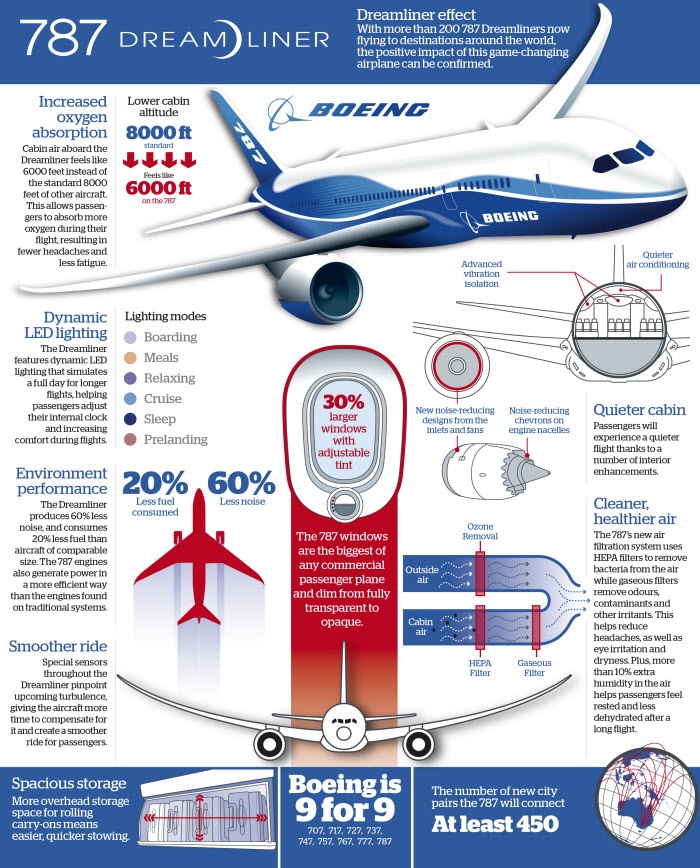Discover The Crucial Techniques To Improve The Performance And Life Expectancy Of Your Heat Pump System By Staying Clear Of Common Installment Mistakes
Discover The Crucial Techniques To Improve The Performance And Life Expectancy Of Your Heat Pump System By Staying Clear Of Common Installment Mistakes
Blog Article
Personnel Writer-Dowling Rankin
When setting up a heatpump, you have to steer clear of typical blunders that could jeopardize its efficiency. Neglecting proper sizing may bring about ineffectiveness and greater utility costs. Disregarding insulation and securing might lead to power wastage and pressure on the unit. Additionally, positioning the outdoor unit inaccurately might impact its efficiency. By avoiding these errors, you can guarantee optimal functioning and sturdiness of your heatpump system.
Improper Sizing of Heatpump
When it pertains to the setup of heatpump, one of one of the most typical errors is poorly sizing the device for your area. Making sure the best size is vital for optimal performance. If the heat pump is as well tiny, it will struggle to heat or cool your room effectively, leading to raised power costs and possible wear and tear on the system.
On the other hand, if the heat pump is as well big, it will certainly cycle on and off frequently, creating temperature fluctuations and minimizing its life expectancy.
To avoid this error, it's essential to have an expert analyze your space and suggest the ideal size of the heat pump based upon variables like square video footage, insulation, ceiling height, and local environment. By spending the time and effort to ensure the right sizing, you can enjoy a comfy setting while making best use of energy effectiveness and lengthening the life-span of your heat pump.
Inadequate Insulation and Sealing
To make certain the reliable procedure of your heat pump, it's critical to address poor insulation and sealing in your area. Proper insulation helps maintain a regular temperature level inside your home, decreasing the work on your heat pump. Inadequate insulation can lead to energy loss, making your heatpump work harder and much less efficiently.
Sealing any gaps or leaks in your room is equally crucial. These gaps enable conditioned air to get away and outdoor air to permeate in, forcing your heatpump to make up for the temperature fluctuations.
Incorrect Positioning of Outdoor Device
Attending to the positioning of your heatpump's exterior system is essential to optimizing its performance. Installing the outdoor system in an inaccurate area can bring about effectiveness concerns and prospective damages to the system.
One usual mistake to prevent is putting the outdoor device also near to a wall surface or various other structures. https://commercial-carpet-cleanin07284.mdkblog.com/36928598/unusual-noises-and-changing-temperature-levels-might-show-troubles-with-your-heatpump-it-is-necessary-to-recognize-these-indication-prior-to-they-aggravate can limit air flow, causing the device to function tougher to heat or cool your space, ultimately reducing its effectiveness and lifespan.
https://average-cost-to-replace-a87531.yomoblog.com/37565902/optimize-your-heat-pump-s-performance-and-economic-cost-savings-with-economical-fixing-services-check-out-means-to-attain-the-best-equilibrium to steer clear of is putting the outdoor system in straight sunshine. While some sunlight is inescapable, too much exposure can lead to getting too hot, particularly during hot summertime days. It's ideal to place the exterior unit in a shaded location to aid preserve its optimal operating temperature.
Moreover, ensure that the outdoor device is placed on a secure and level surface area. Uneven ground can trigger resonances and unnecessary stress on the unit, influencing its efficiency over time.
Conclusion
Finally, preventing usual blunders during heat pump setup is crucial for optimizing efficiency and longevity of your system. By making sure proper sizing, appropriate insulation, securing, and appropriate positioning of the outdoor device, you can prevent issues such as inadequacies, raised power costs, and strain on the unit. Taking the time to address these crucial aspects will inevitably save you time and money in the future.
